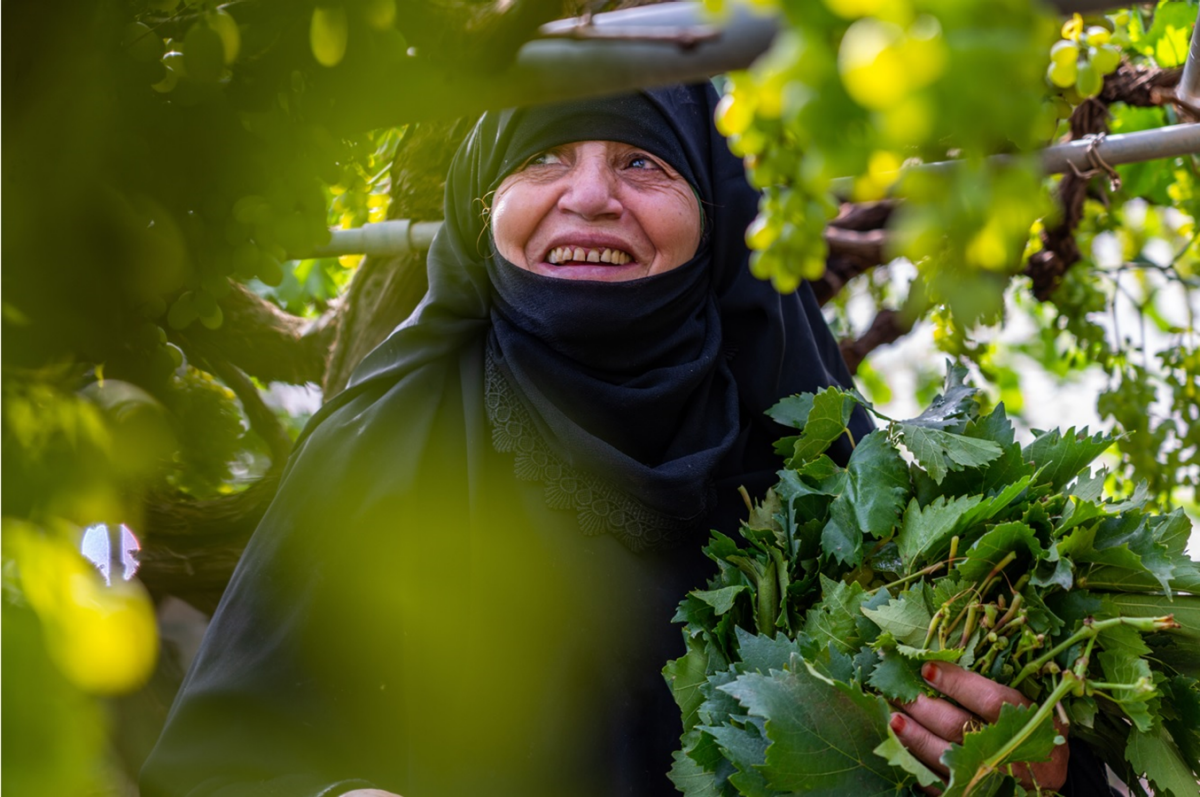UNDP’s Ten-Point Action Agenda
A call to action for gender transformation in crisis
November 9, 2022

UNDP’s Ten-Point Action Agenda: A call to action for gender transformation in crisis
Excellencies, distinguished guests, ladies and gentlemen,
On the occasion to mark the annual Security Council Open Debate on Women, Peace and Security, it is my great to pleasure to present to you the Ten-Point Action Agenda for Gender Transformation in Crisis (10PAA), which UNDP has developed as a part of our new framework for development solutions for crisis and fragility, in short, UNDP’s Crisis Offer.
I would like to thank my dear colleague Åsa Regnér, Assistant Secretary General of UN Women and all the panelists, partners and participants who are with us in this event.
Today, we are confronting a perfect storm of evolving threats. None of us imagined that this is where we would be when we drafted the 2030 Agenda just seven years ago. All of the indicators that should be pointing up are down. The human development index went down second year in a row that has brought us back to 2016 levels. Global peacefulness is at the lowest level since the Second World War.
Climate emergency is accelerating. Violence and discrimination are on the rise, while inclusion and participation are declining worldwide.
Military spending is soaring while investments in human security and women’s protection are shrinking.
Distinguished participants,
A significant change of course is necessary. Traditional forms of crisis response and recovery are no match for the magnitude and complexity of these multidimensional challenges.
UNDP believes that today’s crises are rooted in multidimensional development deficits. For the world to move beyond crisis, we require integrated development solutions that help countries to break the cycle of fragility, get ahead of the crisis curve, and sustain development throughout crisis to invest in hope.
The Ten Point Action Agenda reflects this approach. We developed this as a roadmap to guide our development programming towards results that will help transform and advance gender equality in crisis.
The 10PAA is the result of a broad consultation process that aimed at finding entry points to strengthen transformational results and to enhance women’s leadership and participation.
However, what we found is that current practices are too often consisted of earmarked isolated projects aimed for only short-term results without necessarily addressing long-term structural challenges.
Today’s conversation is intended to share experiences to innovate new ways of confronting these structural challenges.
To jump start this conversation, allow me to briefly highlight some of our key calls to action for gender transformation in crisis.
First, the Ten Point Action Agenda is centered on the recognition that all 10 points are interconnected. Thus we need to shift our attention to integrated systems-based solutions that drive a system change.
For example, based on recent pilots and analysis, we know that when properly integrated, women’s economic empowerment and responses to gender-based violence can accelerate women’s access to leadership, enhanced resilience, better access to justice, and inclusive governance.
Economic empowerment provides pathways for resilience and dignity, while work on gender-based violence provides a platform for addressing patriarchal norms and power imbalances with more targeted interventions.
Second, we must continue to prioritize meaningful participation and leadership at all levels. Too often, women and girls are left behind by active discrimination and through pervasive exclusion. Marginalized groups – particularly youth - must be engaged end-to-end, from planning to monitoring.
Third, we must do more to utilize data that reflects the intersecting realities of women and those most left behind. For interventions to be effective, gender disaggregated data is essential – the sooner we have it the better, the more granular and closer to the communities, the more capable we are to monitor changes, develop relevant interventions, measure impact and institutionalize system wide changes.
Finally, we must strengthen and expand our partnerships. Driving a whole of system approach requires strong and mutually reinforcing partnerships at all levels - from local engagement to global cooperation.
Take a look at the Gender Justice Platform that UN Women and UNDP jointly launched in March this year to bring together new and diverse stakeholders, including States, civil society, academia and UN entities, with a commitment to support rule of law systems that work for women and girls. So far, this innovative program has provided access to justice to more than 42,000 people in 14 conflict-affected contexts across Africa and the Middle East, with the Network extended to more than 20 partners.
We emphasize the need for real partnerships with women activists, human rights defenders, and feminist scholars. But we also need to work with men and boys to bring about change in them.
Distinguished participants,
We know that rising gender inequality is both a driver and a consequence of crisis.
For millions of women, girls and other marginalized groups who endure the disproportionate impacts of crisis-- progress cannot wait.
This is the time to renew our commitment to gender equality and to transform our approach to development in crisis.
With this 10 PAA as our guide - I look forward to all we can accomplish, together.
Thank you.

 Locations
Locations